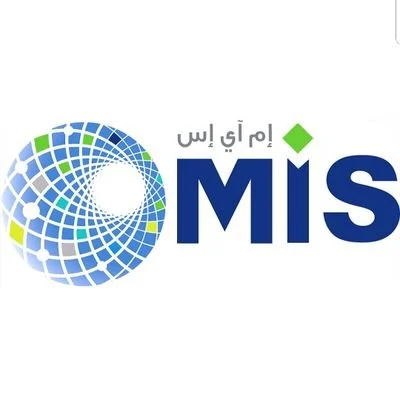Publisher: Maaal International Media Company
License: 465734
Liquidity in Saudi economy grows by 275.15 billion riyals within a year
اقرأ المزيد
Liquidity levels “available money” in the Saudi economic system achieved an annual growth of 275.155 billion riyals, or 10.3%, to reach 2,945,656 million riyals by the end of November 2024, compared to 2,670,501 million riyals for the same period in 2023, and its levels reflect the money supply in its broad and comprehensive concept (M3), according to what was explained by the data of the monthly statistical bulletin of the Saudi Central Bank for the month of November.
The liquidity level achieved a monthly growth of more than 9,567 billion riyals, or 0.3%, compared to 2,936,089 million riyals by the end of October 2024. Liquidity also recorded growth from the beginning of 2024 until the end of November of the same year, with a value exceeding 224,699 billion riyals, or 8.3%, compared to 2,720,957 million riyals at the end of January. These levels of strong liquidity are a driver of the economic and commercial system, and contribute to achieving positive rates in the economic development process. By reviewing the four components of the money supply (M3) in its broad and comprehensive concept, “demand deposits” recorded the largest contribution to the total at 48.8%, with a value of 1,436,392 million riyals at the end of November 2024, while “time and savings deposits” recorded 989,986 billion riyals, as it is the second largest contributor to the total money supply at 33.6%. “Other quasi-cash deposits” reached 292,630 billion riyals, contributing 9.9% to the total money supply, making it the third largest contributor. “Cash in circulation outside banks” came in fourth with a value of 226,647 billion riyals, contributing about 7.7% to the total money supply.
It is noteworthy that quasi-cash deposits consist of resident deposits in foreign currencies, deposits against documentary credits, existing transfers, and repo operations carried out by banks with the private sector.
Domestic liquidity also includes (M1), which includes cash in circulation outside banks, in addition to demand deposits only, and (M2) includes (M1) in addition to time and savings deposits, and the broad definition (M3) includes (M2) in addition to other quasi-cash deposits.









